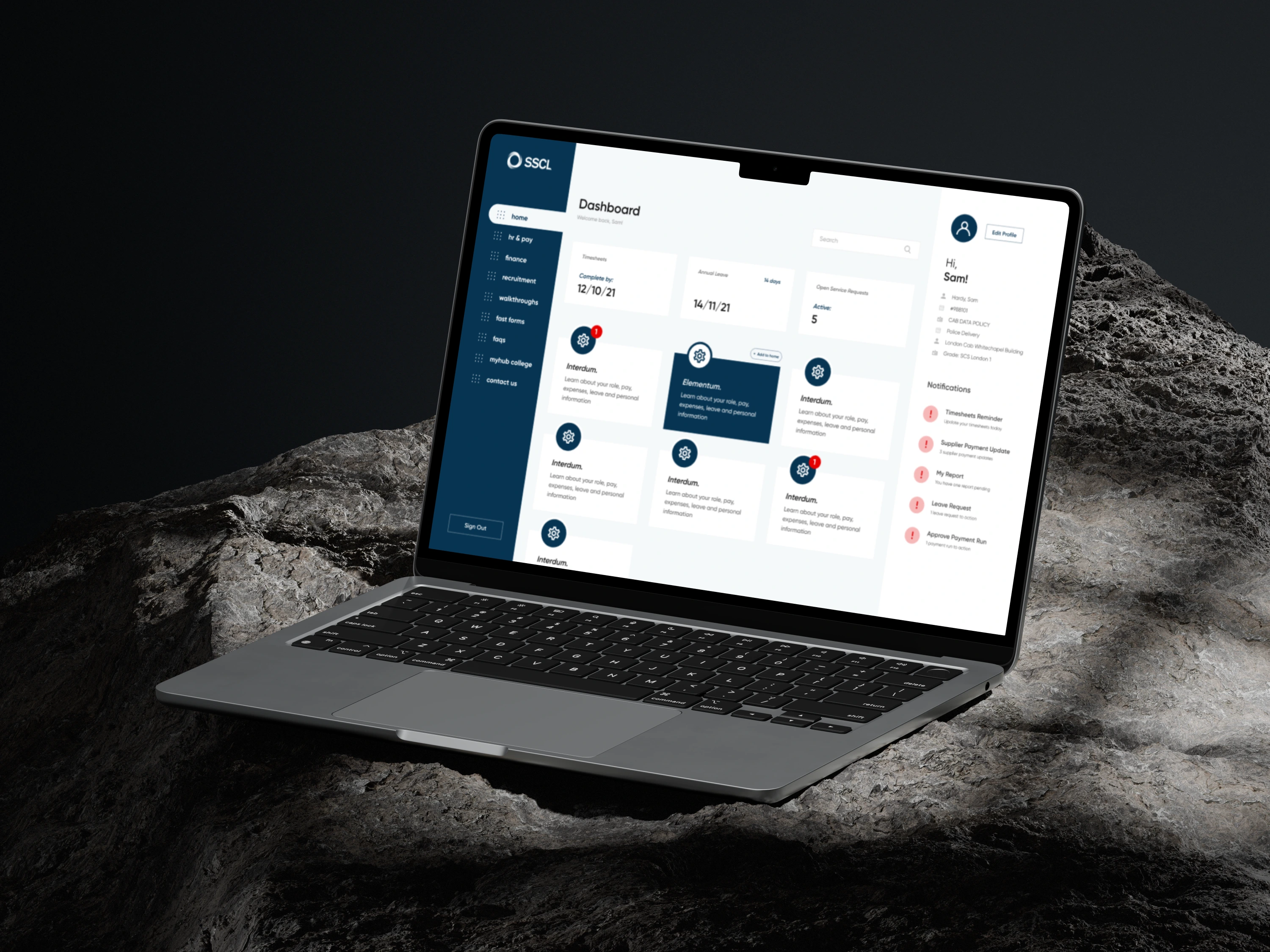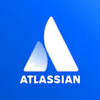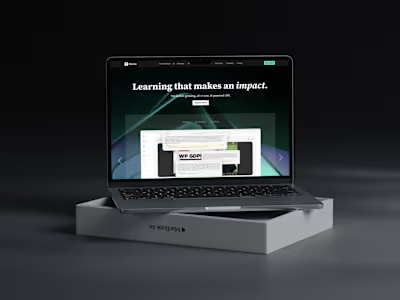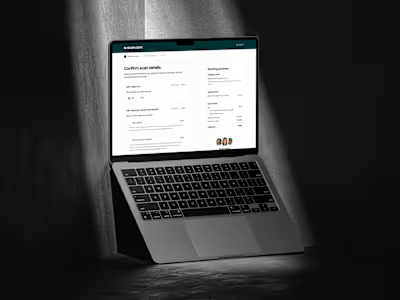SSCL myHub: Delivering a self-service portal for UK Gov

Introduction
SSCL, a leader in critical business support services, partners with various government bodies, including the Ministry of Defence and Police across the UK. In this case study, we explore the journey of transforming SSCL's internal operations product, myHub, into a third-generation platform that serves up to 300,000 users across 22 central government bodies. This transformation was achieved through strategic design, user-centric development, and data-driven decision-making.
The Challenge
SSCL’s myHub portal was originally launched as an MVP, serving 17 central government bodies. While the second iteration, myHub 2.0, was considered a success, it was constrained by budgets and deadlines, leaving many user needs unmet. The task for myHub 3.0 was to address these limitations, incorporating all the backlog issues and evolving the product into a more personalised, efficient, and user-friendly platform.
Key stakeholders emphasised the need for myHub’s third iteration to significantly advance in personalisation and collaboration. This meant going beyond the MVP approach and creating a solution that truly met the needs of its diverse user base.
The Approach
To achieve these goals, a dedicated project team was assembled by Squiz and SSCL. As the Principal Product Designer, I led the ideation, UX design, and application of design principles throughout the project. Our approach was highly data-driven, leveraging a wealth of information gathered from previous iterations of myHub.
User Research and Data Collection
Having worked on myHub since its beta launch in 2018, I had accumulated extensive data on user behaviour and pain points. We utilised tools like Hotjar and Google Analytics, as well as Funnelback, to gather insights into user searches and task completion rates. This data informed our decision-making process and helped us identify key areas for improvement.
Understanding User Needs
To create a truly user-centred experience, we conducted a range of research activities:
Interviews: We interviewed teams from various organisations using myHub to uncover the pros and cons of their experiences.
Observed User Testing: We prepared scripts for tasks that users were asked to perform, recording their sessions to gain insights into navigation challenges.
Hotjar & Analytics Observation: Heat mapping and analytics provided a detailed understanding of user behaviour on the platform.
Qualitative and Quantitative Analysis: We combined qualitative insights with quantitative data to define problem statements and opportunities for improvement.
The Solutions
1. Data-Driven Restructure and Personalisation
One of our key findings was the need for a more personalised user experience. The previous versions of myHub relied heavily on cookies for personalisation, which proved limited, particularly for users accessing the platform from multiple devices.
Advanced Concierge in Global Search: Based on user research, we introduced an advanced concierge within the global search component. This feature improved information discovery, reduced bounce rates, and increased ROI by speeding up access to relevant data. The system also cached recent searches, enabling users to replicate previous queries easily.
SSO (Single Sign-On): To enhance personalisation, we implemented SSO, allowing users to access data, execute tasks, and share information seamlessly across devices.
2. Visual Overhaul and Design System Development
The existing myHub interface was described by users as overwhelming, with too much information cluttering the screen. To address this, we undertook a complete aesthetic makeover, aligning the design with the new SSCL brand while simplifying the user interface.
New Design System: We developed a style guide and design system housed in Figma, ensuring the platform could evolve while maintaining consistency. This system allowed for the continued maintenance and scalability of myHub.
Customisable Dashboards: We transformed the existing dashboard from a basic signposting tool into a dynamic, data-driven hub. Users could now receive task prompts, manage tasks, and set reminders, all within a streamlined, personalised interface.
3. Improved Navigation and User Experience
User testing revealed significant issues with navigation, with many users struggling to find their way through the platform. We addressed this by restructuring the information architecture and introducing features that enhanced user autonomy.
AWS Chatbot Integration: To further improve navigation, we integrated an AWS chatbot. This provided users with guided experiences, delivering personalised knowledge based on their data, and reducing the need for direct human assistance.
The Impact
The implementation of myHub 3.0 resulted in significant improvements across several key metrics:
Customer Effort Score: Improved to 83%.
Net Promoter Score (NPS): Increased by 15 points.
First Contact Resolution: Enhanced by 7.6%, reaching 92%.
Government Savings: Contributed to over £100 million in savings, with forecasts exceeding £400 million by the end of October 2023.
The platform's user base expanded from 17 to 22 central government bodies, serving up to 300,000 users. myHub now provides a more accurate, timely, and personalised experience, reducing reliance on voice and email channels for query resolution.
Conclusion
The journey to creating myHub 3.0 was one of collaboration, innovation, and a relentless focus on user needs. By leveraging data, embracing user feedback, and applying cutting-edge design principles, we transformed myHub into a powerful tool that not only meets but exceeds the expectations of its vast user base. This case study stands as a testament to the power of user-centred design and the impact it can have on both user satisfaction and organisational efficiency.
Team
Toby Margetts - UX Director, Squiz
Jake White - Senior Account Manager, Squiz
Sonia Pitton - Senior Project Manager, Squiz
Carl Johnson - Programme Director, SSCL
Like this project
Posted Aug 13, 2024
Led myHub’s redesign for SSCL, improving user experience and efficiency. Achieved 83% CES, 15-point NPS rise, saving £100M+, with £400M forecasted by Oct 2023.
Likes
0
Views
24
Clients

Ministry of Defence - UK








